
Dealing with any kind of pest invading your home is unpleasant, to say the least. However, few critters are as detrimental to your belongings as termites. According to the United States Department of Agriculture (USDA), termites cause approximately $40 billion in damages globally each year and destroy parts of more than 600,000 homes annually in the United States alone.
The good news is that pest infestations are not inevitable - there are ways to prevent them. One of them is knowing what could be attracting these destructive bugs into your home. These are the items that could be making your house a target for a termite infestation.
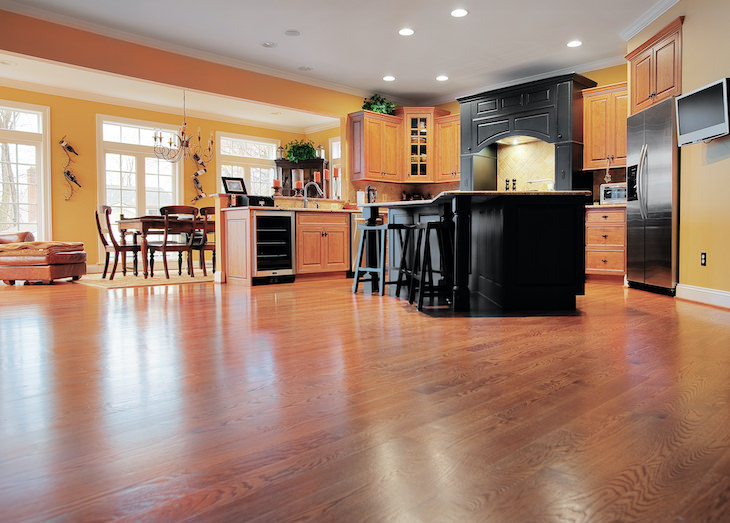
Termites feed on the cellulose found in wood, and they aren't picky. No type of wood is invulnerable to termites. This includes oak, maple, and mahogany - three of the most popular choices for hardwood flooring. While a new hardwood floor definitely looks good, it’s important to proceed with caution. Many times wooden products introduced into our homes are already infested with dry wood termites.
Before having any flooring installed in your home, inspect it closely to make sure there are no signs of termites, including live bugs or dirt tubes.

Termites tend to seek damp and humid spaces. Moisture accumulation from poor drainage, leaks, condensation, or poor ventilation around your house could lead to a termite problem. Double-check all your water systems for clogged gutters or drainage that could create pools of water and make the insulation vulnerable for termites.
Related: Safe Ways to Get Rid of Termites
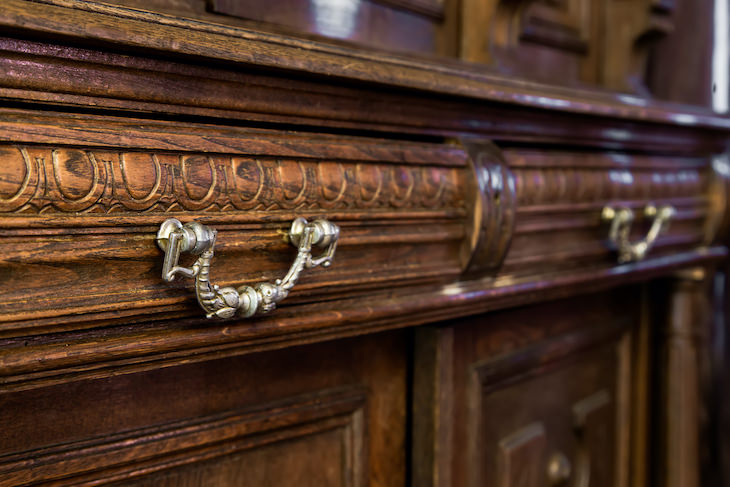
One of the most common ways for termites to enter a home is through antique furniture, according to entomologist and pest control expert Mike Duncan. As we said, termites are usually found where wood is, and a great majority of antique items are made of wood.
So before you buy that beautiful antique piece, look for termite damage. Always check the bottom of a piece, as it’s usually where a termite infestation starts on furniture. Push the wood to feel for areas that are soft to the touch, look inside drawers, and tilt the items from side to side to see if any sawdust comes out. Another sign of termites is a hollow sound when you knock on what’s supposed to be a solid piece of wood. For more tips on shopping for antiques, check out our previous article 5 Crucial Things to Consider When Buying Used Furniture.

Relaxing in front of a crackling fire is undeniably cozy. The problem is, firewood and lumber (especially ones that already started to decay) are the perfect habitats for termites. Unfortunately, even storing firewood outdoors can contribute to an infestation.
We understand that firewood is a necessity in some households and can’t completely be done away with. Specialists recommend keeping the firewood at least 20 feet (6 meters) away from your home and keep the wood at least 5 inches (13 cm) above the ground.
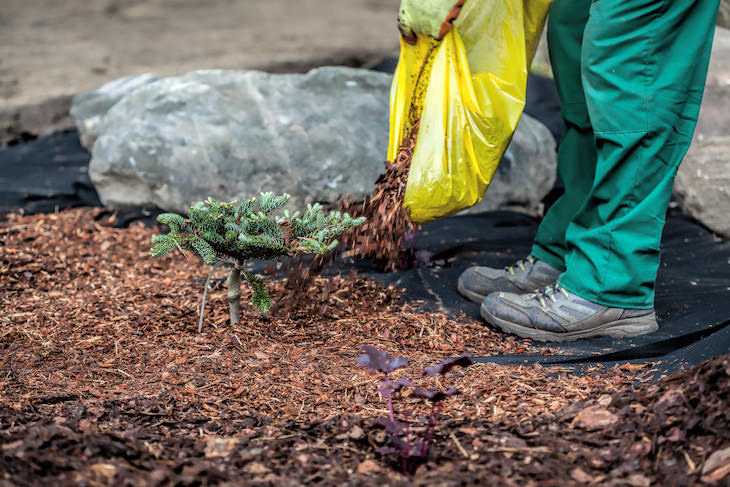
Mulch is a great resource for gardening. It is especially helpful if the soil’s fertility is low. However, this thick layer of small dry pieces of wood is practically an invitation for termites.
To prevent an infestation, make sure the mulch is at least 15 to 20 inches away from your home’s main walls. If termites get into your mulch while it’s touching the foundation of your home, they can easily find cracks and crevices to dig through, and they could get into your home.
Share these tips with others!

10 Unexpected Handy Uses for a Hairdryer
The hairdryer is one of the more useful appliances we have - here are 10 unexpected and super handy uses for a hairdryer.

Cleaning Tips: Keep the Dish Soap AWAY From These Things
While dish soap can be very efficient for certain cleaning tasks, there are materials you should never clean with dish soap, or you risk damaging them.
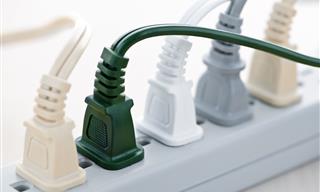
NEVER Do These 7 Things When Using a Power Strip
These are 7 safety tips you should always follow when using a power strip to avoid disaster

How to Revive a Dying Plant
If you have a dying plant on your hands, don't be too quick to lose hope. Here are 9 tips to revive a dying houseplant.
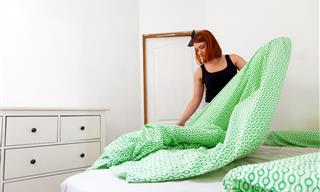
When To Replace 9 Household Items You Use Daily
It's easy to forget to replace these items on time. But if you don't do so, they become hotbeds for germs...

13 Foods You Should Never Put In the Blender
Blender can be an amazing kitchen asset, but there are a number of foods you should never put in the blender, to avoid harming the appliance and your meal.
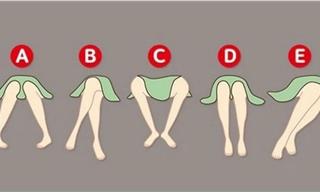
5 Sitting Positions and What They Say About You
This guide will help you understand the meaning behind five common sitting positions that you may encounter in your daily life.

11 Natural Ingredients That'll Help You Get Rid of Odor
Suffer from unpleasant odors? Here's what to do about it.

These 3 Healthy Salads Are So Good for Your Eyesight
Did you know that salads are so healthy that they are even good for your eyesight? Try these 3, and you'll SEE what I mean.

Save a Fortune With These Natural DIY Household Recipes
Keep your home chemical free and save money on household detergents. Here are three natural DIY recipes you've got to try.
 5:17
5:17
These Potatoes Will Definitely Make Your Dish Stand Out
Every great dish needs a great side dish to complement it. These Baked-twice potatoes are such a side dish.
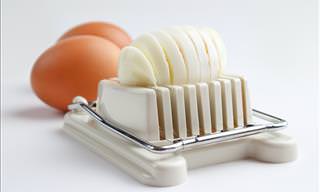 3:44
3:44
Got an Egg Slicer? Here's What You Can Use It For
Creative ways on what to do with your egg slicer. Impressive!

10 Tips for Cleaning With Salt - Number 8 is My Favorite..
Salt can be found in every home, but besides for cooking, it is efficient and useful for cleaning. Here are 10 effective ways to use salt for cleaning.
 5:42
5:42
How to Spot a Liar: A Visual Guide
This video will teach you a few things about telling a liar from an honest person - especially if they are politicians...
 19:17
19:17
14 Incredible Egg Tricks For Egg Lovers
14 tricks and tips for cooking eggs!
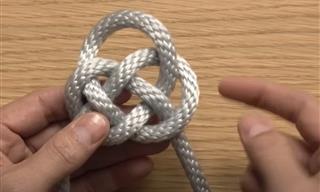 20:58
20:58
Watch This and Become a Knot Expert!
Become a knotting expert with this educational guide. Some of these knots can be life-saving...
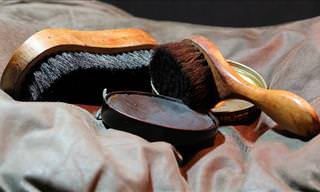
Keep Your Shoes in Top Shape with These Tips and Tricks
Learn how to always keep your shoes in top shape, no matter their age or fabric. I guarantee, it will save you a lot of money because you won’t have to buy new shoes so often anymore.
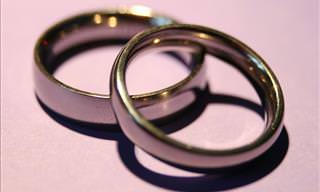 3:38
3:38
Do You Know Why Wedding Rings Are Worn On the 4th Finger?
There's a specific reason why we all wear our wedding rings on our fourth fingers, and this informative video will explain the tradition behind it.

8 Everyday Activities That are Damaging Your Spine
Here's a list of everyday activities that harm your spine.

A Comprehensive Guide to Growing Your Own Veggies!
There's nothing like starting the day with a fresh vegetable garden, and now you can do so every day with this ultimate veggie growing guide.

How Woodworking Can Create Additional Revenue for You
The best woodworking business courses teach everything from basic woodworking techniques to advanced marketing strategies.
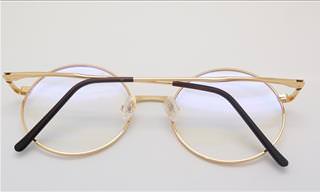
If You Have Glasses, Here Are 12 Tips You Should Know...
Broken hinges, misplacement. These occurrences mean we sometimes need assistance in the vision department .These are 12 hacks to get by without spectacles.

10 Great Extra Uses for Charcoal Briquettes
Here's how you can put those extra charcoal briquettes to good use at home.

10 Easy Ways to Remove a Troublesome Splinter
Splinters are painful and can be a nightmare to remove. However, the following 10 home remedies make removing a splinter easier than ever before!
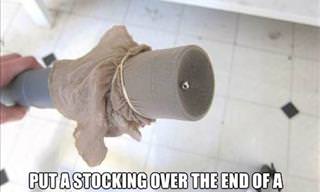
A Few Tips for Restoring Order to Your Household
Some of the best home tips

Solve Common Issues With Your Clothes Using These 20 Tips
Keep your clothes in perfect condition with these nifty tricks!
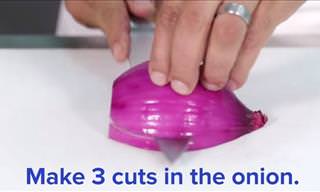 1:45
1:45
Chef's Tips: Chop Your Veggies Quickly Like a Pro
If you want to save yourself some time in the kitchen, follow these fantastic veggie chopping tips from the experts!
 16:39
16:39
Save More Time in the Kitchen with These Gadgets & Hacks
28 kitchen hacks and gadgets that will save you time in the kitchen.
 4:47
4:47
WATCH: 10 Amazing Life-Hacks You Wish You Knew Years Ago
If there were only 10 life-hacks you needed to learn, these would be them.
 11:41
11:41
Is Your Bathroom as Clean as It Could Be? Probably Not!
Is your bathroom as clean as it could be? Follow these 10 tips to ensure a cleaner bathroom.
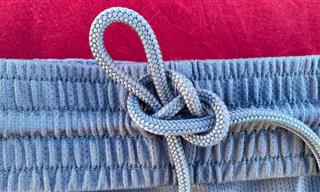 1:17
1:17
A Better Way to Tie Your Gym Shorts or any Drawstring
Here's a nice new knot for you to try that is both incredibly strong and easy to do.
 8:03
8:03
Christmas Tree Hacks: 9 Game-Changing Tips
Use these Christmas tree tips to make your holiday festivities easier.

Impress Your Friends and Family with These 12 Magic Tricks
Check out these 12 simple yet astonishing magic tricks that require nothing but a couple of packs of cards and some common household items.

DIY: 12 Ways to Give Your Plastic Bottles New Life
Recycling is good but did you know there are lots of other things you can do with plastic bottles? Here are 12 ideas for do-it-yourself projects to create masterpieces out of junk.

How Waking Up at 5.30am Will Change Your Life!
Find out how waking up at 5.30am will have a positive impact on your life.

Book Recommendations: 10 of the Best Reads for Dog Lovers
If your best friend is a dog, then you’ll this list of the best book about dogs.
 10:37
10:37
Senior Health Guide: Working Out With Weights
Every senior must watch this video.

These Simple Tricks Can Help Improve Your Memory
Suffering from memory loss can be extremely frustrating. Therefore, here are some tips to help you stop forgetting the daily things you need to remember.

15 Reasons to Never Throw Away Used Corks Again!
There's no limit with what you can do with a simple collection of corks. Make your used corks useful again with these brilliant DIY ideas.

We Bet You Never Knew Rubbing Alcohol Was This Useful!
Most people use rubbing alcohol for cuts or to cool a fever, but it has so many other fantastic uses. Here's 15 of them.

19 Household Items You Need to Change Now
It's high time you change these household items.

Click to See Unbelievable Uses for These Household Items
Click to learn more! We've collected Ba-bamail's best list of tips and alternative uses for things you've got lying around the house.

Experience the Beauty Benefits of Palo Santo Oil: DIY Tips
Find out the amazing beauty benefits of Palo Santo essential oil for your skin and hair.
 2:51
2:51
I Lost My Double-Chin After I Learned This Great Tip..
Get rid of double chins and neck fat with this simple daily exercise.

7 Great Apple Cider Vinegar Uses for Your Dog!
Not many people are aware that you can use apple cider vinegar for their dog. Here's how!
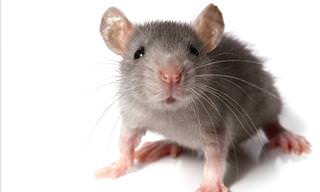
If You Have a Mouse Problem, This is How to Get Rid of It
If you have a mouse in your house there are many great (and humane) ways to get rid of it. Here are 6 of them.


